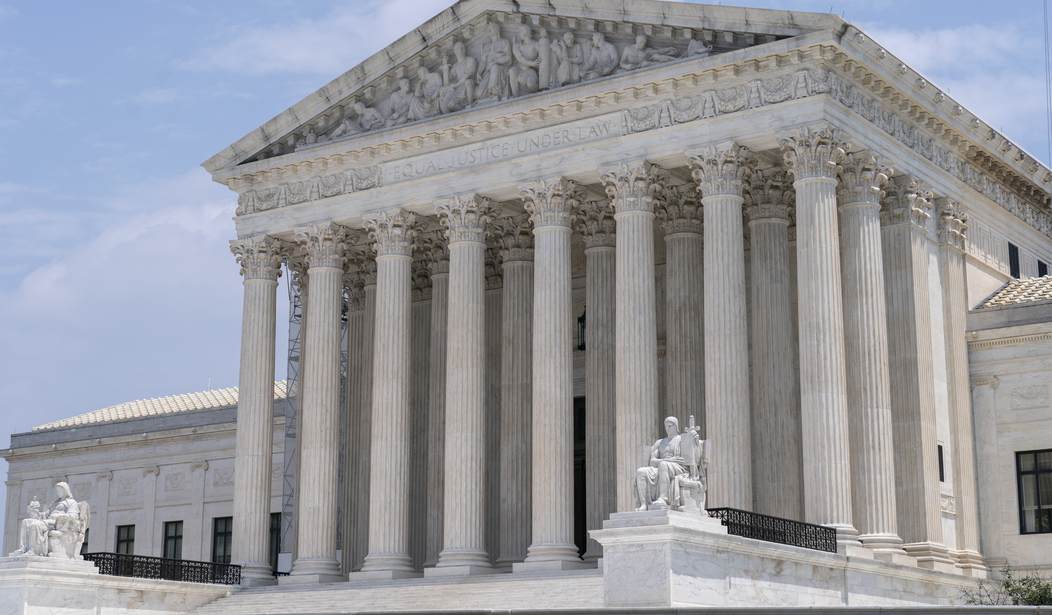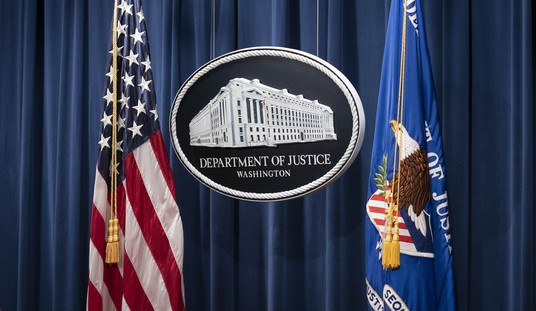The United States of America is an exceptional country with an exceptional Constitution and Bill of Rights. The principles enshrined in the founding documents have been copied by several countries over the past couple of centuries. Even the Soviet Union copied American concepts in its constitution. But, as everyone knew, all those Soviet guarantees were nothing but a joke.
So, what sets America apart from all the other attempted cheap knockoffs? For that, I would like to show you this video clip of the late Supreme Court Justice Antonin Scalia (C-Span backup link):
The basic principle that underpins American Liberty is the splintering and separation of powers both “vertically” into local/state/federal governments, and “horizontally” within each level into separate legislative, executive, and judicial branches.
That principle was violated rather egregiously in a 1984 Supreme Court case Chevron v. NRDC, in which the Court created a legal test now known as “Chevron Deference.” Justia summarizes it as follows:
A government agency must conform to any clear legislative statements when interpreting and applying a law, but courts will give the agency deference in ambiguous situations as long as its interpretation is reasonable.
In other words, the Judiciary forfeits its duty to interpret laws to the Executive branch when there’s ambiguity. This is on top of the legislative branch delegating its lawmaking duties to the Executive branch. This opening allowed Executive branch agencies, which are prone to aggrandizing their power, to run amok in abusive ways.
The Supreme Court recently granted a cert petition for a case that may end up overturning the Chevron Doctrine. Loper Bright Enterprises v. Raimondo was brought by a herring fishing company and concerns monitoring costs fishermen must pay the National Marine Fisheries Service (NMFS), even though the law in question doesn’t explicitly authorize it.
Why does Chevron Deference concern gun owners and Second Amendment advocates? Just yesterday, I wrote about how the Biden Department of Education took advantage of ambiguity in the Bipartisan Safer Communities Act (BSCA) to cut off funding for schools that have archery and hunting programs.
The abuse of regulatory power can also be seen in the ATF’s arbitrary redefinition of bumpstocks as machine guns, the redefinition of unfinished frames/receivers as fully functional firearms, and the redefinition of AR pistols with braces as Short-Barreled Rifles (SBRs).
There’s also an attempt by the U.S. Fish and Wildlife Administration to ban lead ammunition on federal lands.
Second Amendment groups have made note and are getting involved in the Loper case. The Supreme Court website shows almost 50 amicus briefs have been submitted, including those from the National Shooting Sports Foundation, Firearms Policy Coalition, and Gun Owners of America.
The Firearms Policy Coalition’s amicus brief is a tour de force. It cites several documents, correspondences among the Framers, and several State Constitutions. Here are some highlights:
The political theorists most influential to the Founders recognized the danger of accumulating governmental powers in one body. They understood that a division of power best establishes stability and protects liberty. As the theories of Polybius, Aristotle, and Cicero developed over millennia into those of Sidney, Montesquieu, and Blackstone, they benefitted from scrutiny and experience. By the time of the American Revolution, the necessity of a separation of powers to a free and stable government was axiomatic.
The Americans’ experiences with King George III confirmed their predecessors’ assurances that an accumulation of power leads to tyranny. […] Thus, when the new states created their constitutions, they were adamant that the legislative, executive, and judicial powers be separated. […]
The United States Constitution is unequivocal in distributing and securing the legislative, executive, and judicial powers: all legislative powers are vested in the Congress, the executive power is vested in the President, and the judicial power is vested in this and inferior Courts. The independence of the branches reflects the Founders’ widely held belief that accumulating these powers in the same hands epitomizes a despotic government.
[…] The debates over the Constitution make clear that both the Federalists and Antifederalists would have opposed the accumulation of powers that Chevron deference allows—which the Constitution neither explicitly nor implicitly permits.
After the ratification of the United States Constitution, every state that joined the Union or enacted new constitutions ensured that the legislative, executive, and judicial functions were separate and distinct. As these constitutions reflect, the separation of powers has been viewed as an inviolable principle in the theory of American governance throughout American history.
Chevron deference violates the federal Constitution’s separation of powers and thus undermines the Framers’ constitutional design. Chevron violates Article III by transferring from the judiciary to the executive the ultimate interpretative authority to say what the law is. It violates Article I by incentivizing Congress to abdicate its legislative duties and delegate legislative authority to the executive. As a result, Chevron accumulates legislative, executive, and judicial powers in a single branch of government—which the Founders considered the very definition of tyranny. Chevron should be overruled.
A case involving herring fishermen may end up protecting the Second Amendment from abusive apparatchiks. That’s the way the world sometimes works.









Join the conversation as a VIP Member